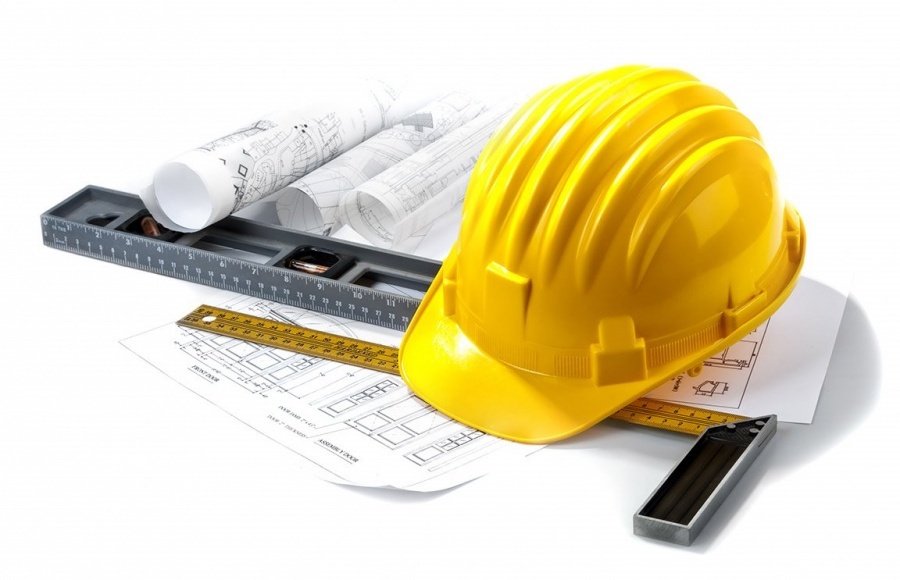Labor protection and what you need to know
Organizational basics of labor protection
Working conditions and safety, their condition and improvement is an independent and important task social policy of any modern industrially developed state, which is decided by such an integral component of BZD as labor protection.
The level of safety of any work in public production is to a large extent depends on the level of legal support for these issues, that is, on quality and completeness setting out relevant requirements in laws and other regulatory legal acts. It is necessary to solve existing problems in the field of labor protection effective interaction of all state authorities and the public, as well as implementation of relevant programs both at the state and local levels, aimed at fundamentally improving conditions and labor protection.
Structure and tasks of labor protection
Labor protection solves two main tasks at the same time. One of them – engineering and technical – provides for the prevention of dangerous
events during the labor process by:
- replacing dangerous materials with less dangerous ones,
- transition to new technologies that reduce the risk of injury and disease,
- design and construction of equipment taking into account labor safety requirements,
- development of means of individual and collective protection.
The second – social – related to the compensation of material, moral or social damage caused by an accident or professional disease, that is, it is the protection of the employee and his rights. Based on the tasks set before it, labor protection, based on legal and organizational foundations, solves the issue of industrial sanitation, industrial and fire safety.
Structurally, labor protection includes:
- legal and organizational foundations of labor protection;
- physiology, occupational hygiene and industrial sanitation;
- industrial safety;
- fire safety and prevention at work.
It can be seen from the structural scheme of labor protection that legal and
the organizational basis of labor protection is the basis that provides social protection
employees and on which sanitary-hygienic and engineering-technical facilities are being built
components of labor protection.

Organization of work at the workplace
The organization of work at the workplace is a set of measures that ensure the labor process and effective use of production tools and labor items.
A workplace is an area equipped with technical means in which the labor activity of an employee or a group of employees takes place. The organization of work at the workplace consists in choosing a working posture and a system of working movements, determining the dimensions of the working area and placing in it control bodies, tools, blanks, materials, devices, etc., as well as choosing the optimal mode of work and rest.
Work should be organized so that the rhythm of work operations is, if possible, clear and natural, and the sequence of movements is such that one movement easily transitions into others. Movement is less tiring if it occurs in a direction that coincides with the direction of gravity. Sudden speed fluctuations and small interruptions in movement should be excluded.

Industrial sanitation requirements for the workplace.
Each workplace must:
- be equipped with the necessary means of collective protection;
- be equipped with the necessary means of personal protection;
- have the parameters of sanitary and hygienic factors such that they are not exceed the maximum permissible values of the relevant normative documents.
- have sufficient natural and artificial lighting;
- have microclimate parameters in accordance with sanitary standards;
- have ventilation.
